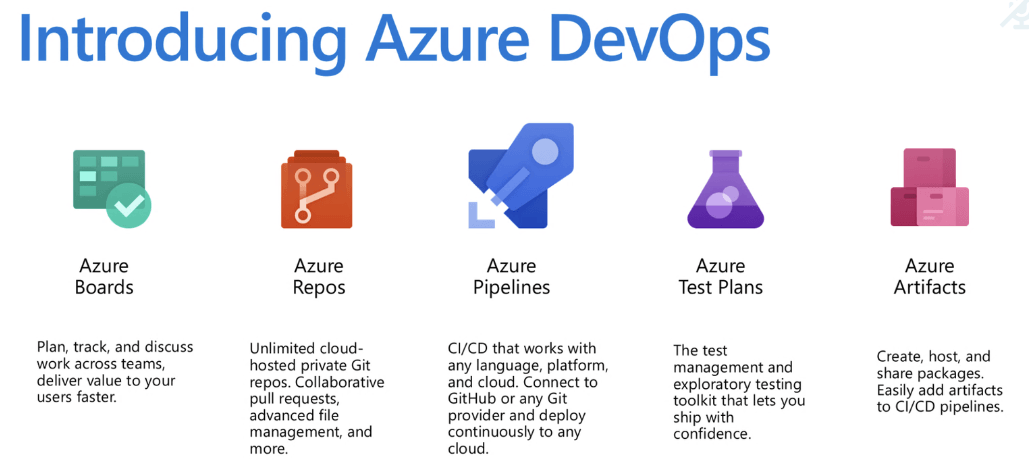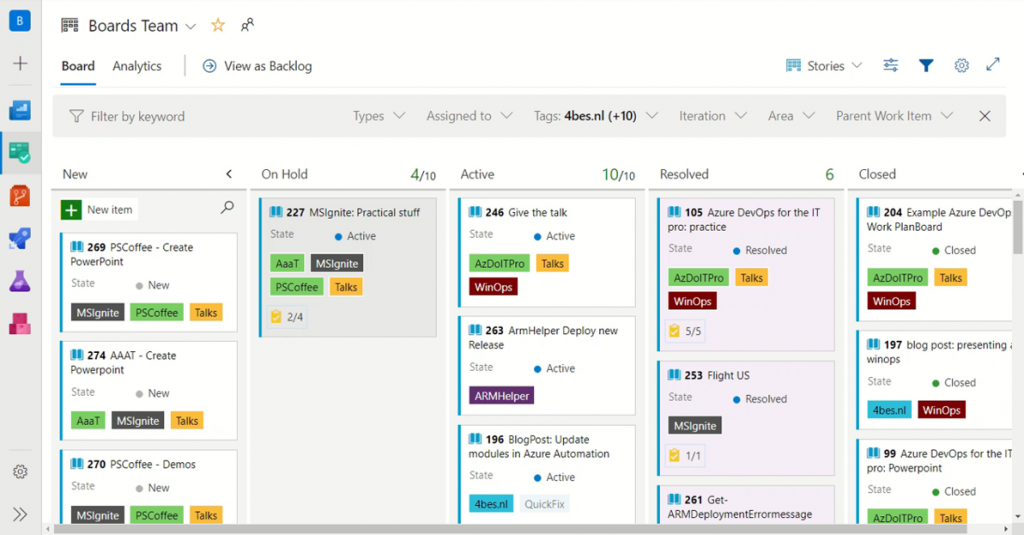


SonarCloud is a cloud-hosted version of SonarQube from SonarSource and is used for static code analysis. With Analytics, you can get engaging insights on your work items and automated tests. It helps you make data-driven decisions and deliver value to your customers faster. These files are only applicable to contribution-based extensions.Īnalytics brings you and your team new insights into the health and status of your DevOps life cycle. Static Files: These files contain the logic of your extension, including HTML, JS, and CSS files.Discovery Assets: These are the markdown and images that make up your extension's overview and aesthetics in the Marketplace.JSON Manifest File: It contains basic info about the extension.Planning and tracking of work items, sprints, scrums, and so on.Generally, Azure DevOps Extensions are built to perform the following tasks: The Visual Studio Marketplace is where extensions are published and they can be kept private for you and your team or shared with the millions of developers currently using Azure DevOps. These extensions use RESTful API Library to easily interact with Azure DevOps and applications/services. To develop these extensions, only preferred development tools are used. The language they are written with is HTML, JavaScript, and CSS. Implement thread.Azure DevOps Extensions are add-ons that are customized to provide a better DevOps experience.Data Science vs Big Data vs Data Analytics.This code will create a directed graph using the data in the Excel file and visualize it on the screen. Nx.draw_networkx_nodes(G, pos, node_size=500) Weight denotes the weight/edge cost between two nodes with the labels Source and Target.Īfter that, you may use matplotlib or another library of your choosing to see the graph: import matplotlib.pyplot as plt The Excel file in this example is assumed to have three columns: Source, Target, and Weight. G.add_edge(source_node, target_node, weight=weight) Iterate over the rows of the dataframe and add nodes and edges to the graph: Read the Excel file using pandas: import pandas as pdĬreate a directed graph using networkx: import networkx as nx

The pandas and networkx packages in Python can be used to transform the data from an XLS file into a directed graph.


 0 kommentar(er)
0 kommentar(er)
